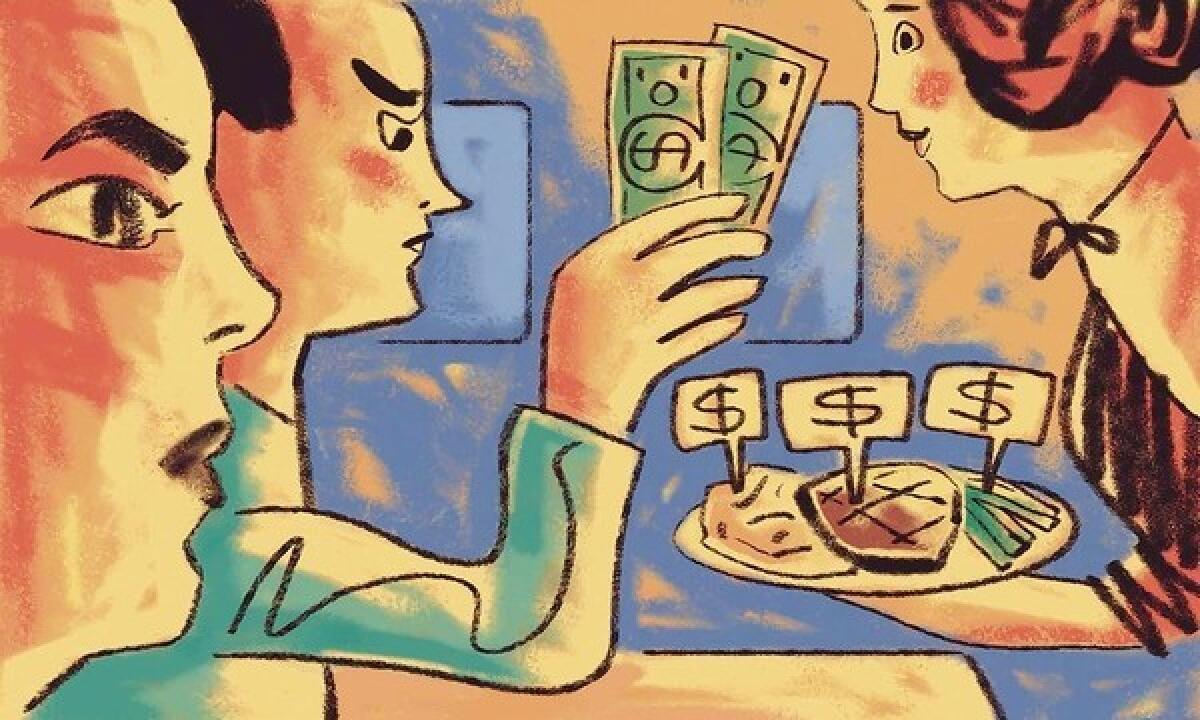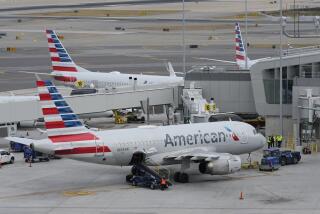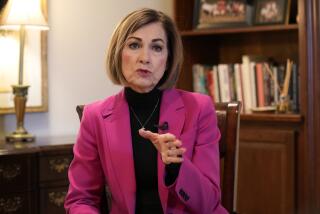On the Spot: $1,000 first-class ticket, yet no meal upgrade?

Question: I recently flew first class with my wife and two kids on Alaska from Cabo San Lucas, Mexico, to Los Angeles. We paid more than $1,000 for each ticket. During the flight, the attendant announced a variety of entrees over the loudspeaker. When it came time to serve food in first class, we were told we could receive only chicken sandwiches. When my wife asked for one of the selections offered coach passengers, the flight attendant said it would cost $6 to eat what the others were eating. My wife protested, noting that we were in first class, but to no avail. We coughed up the $6. What gives?
D. Esquibias, Westlake Village
Answer: Not Alaska. It can’t give you a $6 meal for free because it’s a matter of inventory control, the airline confirmed to me. At the end of a flight, personnel must say, “We served 50 meals; here’s $300.” Not, “We served 54 meals, but we’re $24 short.”
Airline food, said to be a $40-billion-a-year proposition, is fraught with frustration for the customer (absence, quality) and the airline (cost, inconvenience). Airline food was introduced, in fact, to replicate the services that ships and trains had been providing the traveling public when those were the favored forms of transportation, said Guillaume de Syon, a historian of aviation and technology at Albright College in Reading, Pa. He calls airline food a “doomed experiment.”
Anyone who has eaten congealed meat loaf and mealy mashed potatoes at 35,000 feet may be nodding in agreement.
For better or mostly worse, passengers on domestic flights probably are not going to get a free meal of any quality these days unless they’re in first class. Before deregulation in 1978, airlines had to compete on non-price points (food, among other service issues) because fares were controlled, said George Hoffer, a professor of economics at the University of Richmond in Virginia. But today, the no-longer-hamstrung airlines compete fiercely on price. It’s easier to cut a cost to gain an advantage than to add a cost that may or may not get you an advantage.
That’s why you usually pay to eat when you’re sitting in the cheap seats. Hawaiian Airlines is an exception, and it has solved the “I want better stuff” dilemma by allowing passengers to “upgrade,” said Louis Saint-Cyr, vice president of in-flight services. Most passengers take the free meal, he said, and those who upgrade actually subsidize the free meals. Very smart.
Otherwise, it’s been a long decline on the food front. “I remember the outcry when Delta stopped serving hot lunches and served bistro bags with a sandwich, an orange and chips — everybody thought that was the end of the world,” said Chris McGinnis, the business travel expert for YouMustBeTrippin.com, Best Western’s travel blog. But, he said, “filling in that gap has been much better fare at airports.”
Um, maybe, but if you’re leaving from one of our area airports, you shouldn’t count on delicious and nutritious on the ground either. If you’re flying, the only glutton who will be happy is the one who loves punishment.
Have a travel dilemma? Write to travel@latimes.com. We regret we can’t answer every inquiry.
More to Read
Sign up for The Wild
We’ll help you find the best places to hike, bike and run, as well as the perfect silent spots for meditation and yoga.
You may occasionally receive promotional content from the Los Angeles Times.







